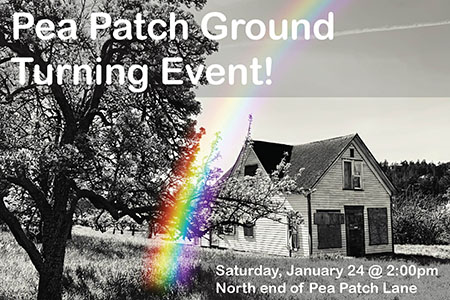By Tom Welch
When M.L. Kimple walked the beach on the West Side of Orcas Island, he paid attention. In the summer of 1912 Kimple found a large lump of a waxy substance on the beach. Weighing 47 pounds, the stuff was like a brittle wax, grayish-yellow in color and formed into an oblong cake about six inches thick and eighteen inches long. It had no odor, but seemed slightly oily.
Consulting with his brother-in-law, Leonard Dixon, they moved the seaborne lump to higher ground, then into the barn at the Kimple brickworks. Inquiries locally got no clear identification of the find, but eventually M.L. Kimple contacted the Arctic Club in Seattle, sent them a sample which they forwarded to a firm in Germany for analysis, and word came back that the ‘lump’ Kimple had found that day on the beach was ambergris.
By 1914 the ambergris had been stored in the barn for two years. Rats had eaten their share of it, and more had been used to grease the skids when the Kimples brought in more timber. The original 47 pound lump had become 27 pounds. At this time, ambergris was worth about $15 per pound in its raw state, so the remaining 27 pounds of ambergris on Orcas were worth about $400. Not a fortune, but potentially a tidy windfall for the Kimples.
In 1914 the 27 pounds of ambergris was shipped to the firm in Germany for refining, but after a brief time a problem arose. It grew difficult to learn any news from Germany, and increasingly so as the Kimples sought news of their ambergris. The beginnings of World War One were underway, and no word could be learned of the whereabouts of the Orcas Island ambergris. It was lost in the war, and never heard of again.
Today, ambergris is valued at $25 per gram, making Kimples original 47-pound find at modern value worth over half a million dollars! All that remained, in 1946, of the original find was a small lump of ambergris kept in an envelope at M.L. Kimple’s home. If the family still has it today, they might want to move it to a safe place!
**If you are reading theOrcasonian for free, thank your fellow islanders. If you would like to support theOrcasonian CLICK HERE to set your modestly-priced, voluntary subscription. Otherwise, no worries; we’re happy to share with you.**








Great story! Thank you Tom!
Another great chapter in our history, thanks to Tom Welch!
Thank you! I love learning more about my family!!!
What a great story ! Thank you Tom. I heard of the long ago find but not the whole story. You are a treasure.
To hear more of Tom’s stories in person, please join us for the benefit for the O. Historical Museum.”
Cruise into History” Sept 8th departing 12:30 to 4:30 at the ferry landing aboard the “Orcas Express” with Orcas Island Eclipse Charters.
Check in at 12:00 at the landing charter office.
Includes Orcas Village Store Lunch
360 376-6566 to reserve.
Wow, I’ve never heard this part of our family history before. Wonderful. Sure wish we could find it. That might bring out all the Kimple’s that I haven’t met yet!